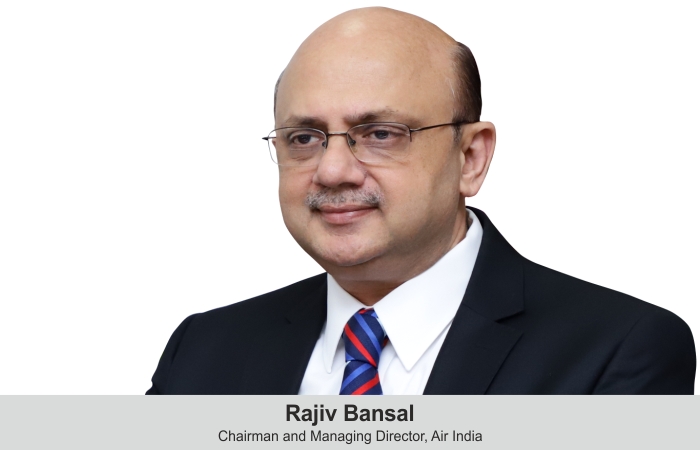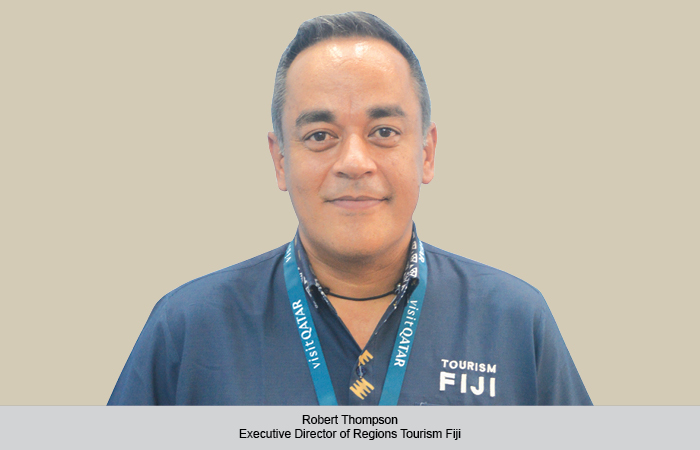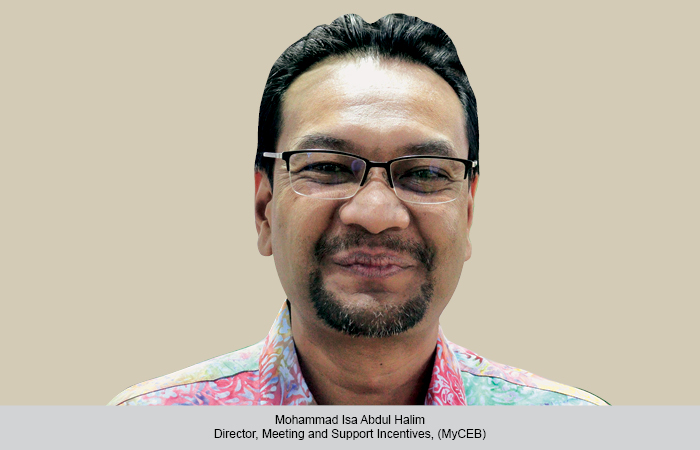Rajiv Bansal, Chairman and Managing Director, Air India, talks about the journey of the national carrier through the pandemic and their expanding reach under the Vande Bharat Mission. He adds that while they have been able to reach their target of 50% of last year’s capacity, times still remain challenging and revenue is not much.
Nisha Verma
Air India has seen a calibrated growth in 2020, says Rajiv Bansal, beginning with the evacuation exercise thatstarted with Wuhan in January, to commencement of the Vande Bharat Mission (VBM)on May 6 and domestic operations on May 25. “Around the same time, we started the air bubble arrangements. I can happily say that owing to VBM and the travel bubble arrangements, we have carried almost 5.5 lakh passengers into India and transported about 3 lakh passengers out of India. This means that we have been able to transport around 8.5 lakh passengers in such challenging times,” he says.
With the evacuation exercise, Air India was able to add a number of destinations to its charts, Bansal claims, adding, “We used to operate internationally to about 45 destinations. In the last very-challenging six months, we added another 40 destinations to which Air India or any Indian carrier has never flown before. We added Cebu in Philippines, Hanoi in Vietnam, Phnom Penh in Cambodia, Dublin in Ireland, Bishkek in Kyrgyzstan, Dushanbe in Tajikistan, Boryspil in Ukraine, Minsk in Belarus, etc.” Similarly, the travel bubble arrangement, currently with 16 countries, helped Air India provide a schedule of operations on a sustained basis.“ Now, we have a schedule open for bookings for passengers right through the winter months – for some countries up to December and for some even up to March,” he shares.
The Indian flag carrier now plans to expand its international reach further. “We added 40 destinations and we’ll continue to add. Last month we flew to Ningbo in China. We plan to start operations to Addis Ababa, which would provide a gateway to Africa. We realise that for a country of our size, geography and populace, we cannot operate these flights from every point in India, and hence we are trying to add connectivity for both outgoing passengers as well as incoming passengers. We are traditionally a hub-and-spoke carrier, but we have added flights like Kochi to London and Kolkata to London. The idea is to provide convenience to passengersand a range of options so that they have the certainty of travel,” Bansal says.
Sharing details on revenue projections, he says, “We did an assessment of how our revenues and operations will pan out during 2020-21, and estimated that the first half of the year would be very challenging. We expected that our revenue for H1 (April-September) would be about 25 per cent. In Q3, we expected that our operations will be about 50 per cent, and in Q4 they would be around 75 per cent of pre-COVID levels. Domestic operations have ramped up and we are on a par with our target of 50 per cent of last year’s capacity. That’s not to say that it’s not challenging.”
 TravTalk India Online Magazine
TravTalk India Online Magazine





